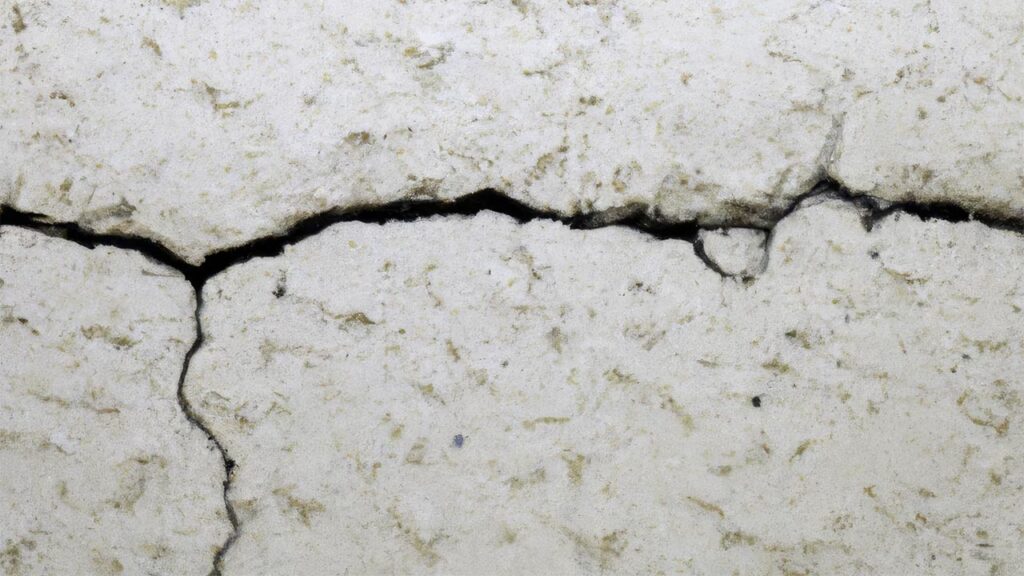A Glimpse into the Self-Healing Future of Construction with Bio-Concrete!
Picture this: you’re walking along the street when you notice a crack in the concrete. You might think, “Well, that’s a bummer. They should really fix that.” But what if I told you that, in the not-so-distant future, that very crack will be capable of healing itself? It’s not science fiction, folks—it’s the wonderful world of self-healing bio-concrete!
The Love Potion of Construction Materials 💘🧪
Enter bio-concrete, the construction material of the future. No, it doesn’t require batteries or an internet connection, but it does contain bacteria that can heal cracks faster than a scorned lover can delete their ex’s number. The secret ingredient? Well, it’s all about the love…or rather, a microorganism called Bacillus bacteria1.
These hardy bacteria, when mixed into the concrete, lay dormant until they’re activated by water seeping into the cracks. As they come to life, they start consuming calcium lactate, producing limestone in the process. This limestone fills and seals the cracks, keeping the structural integrity of the concrete intact2.
"But Wait, There's More!" 📢
Now, I know what you’re thinking: “Sure, that’s cool and all, but what does it have to do with skEYEwatch?” Fear not, dear reader, for we’re about to embark on a journey into the beautiful synergy of self-healing bio-concrete and skEYEwatch smart fleet technology products.
Concrete and skEYEwatch: A Match Made in Heaven 👼🚛
Imagine a future where self-healing bio-concrete is the norm, and our cities are filled with structures that practically maintain themselves. Who’s going to be responsible for transporting this miraculous material? That’s right—concrete trucks equipped with skEYEwatch technology!
As the bio-concrete revolution takes hold, the demand for efficient and reliable transportation will soar. And skEYEwatch’s concrete dispatch software, truck fleet camera systems, and GPS tracking will play a crucial role in meeting that demand.
Just picture it: fleets of trucks zooming down the highway, their every move monitored by skEYEwatch technology, ensuring that they’re always on time, on target, and on budget. And hey, you might even catch a glimpse of the elusive self-healing concrete in action through a truck camera!
Conclusion: Embrace the Future with skEYEwatch (And Bio-Concrete) 🤖🌉
In this brave new world of self-healing bio-concrete, skEYEwatch smart fleet technology products will be the backbone of efficient transportation and logistics. And while we’re not trying to sell you anything, we just thought we’d mention how awesome our products are (hint, hint).
So, the next time you see a crack in the pavement, don’t despair—just envision a future where bio-concrete and skEYEwatch join forces to keep our cities in tip-top shape!
FAQs About Self Healing Bio-Concrete
Sources:
- Jonkers, H. M. (2011). Bacteria-based self-healing concrete. HERON, 56(1/2), 1-12.
- Wiktor, V., & Jonkers, H. M. (2011). [Quantification of crack-healing in novel bacteria-based self-healing concrete](https://www.sciencedirect.com/science/article/abs/pii/S0958946511000618)
